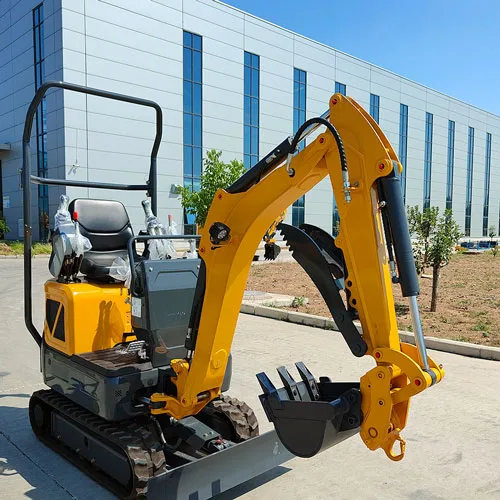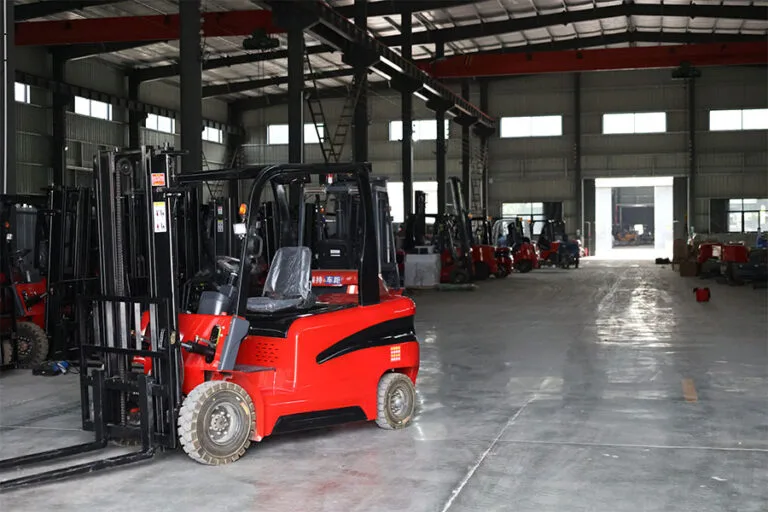Welcome to My Blog!
I’m thrilled to have you here! Before we dive into the content, let’s stay connected. Join me on my social media platforms for more insights, community engagement, and regular updates. Here’s where you can find me:
📌 Facebook: Shandong Huaying International Trade Co., Ltd.
Now, let’s embark on this journey together. I hope you find the content here not only insightful and engaging but also valuable to your interests. Let’s learn, grow, and connect!
Table of Contents
Introduction
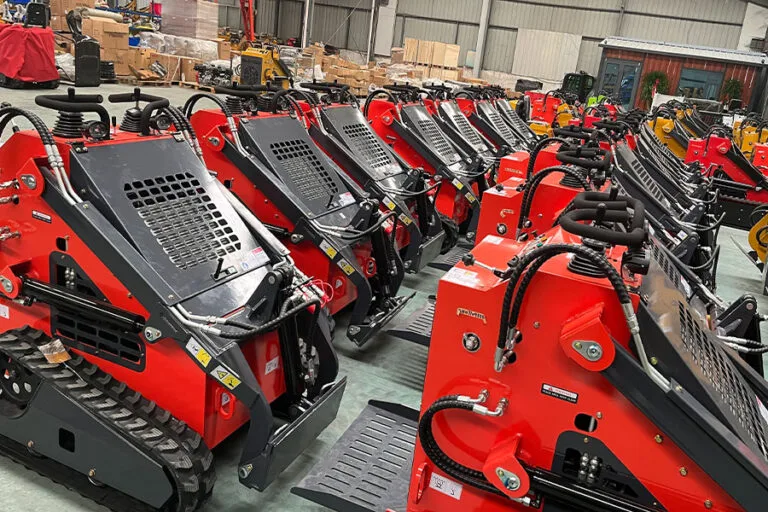
The global construction equipment market has witnessed a seismic shift in recent years, with China skid steer loader exporters emerging as formidable players. These compact, versatile machines have become indispensable for tasks ranging from site development to landscaping, and Chinese manufacturers are capitalizing on this demand. But are China skid steer loader exporters truly revolutionizing the industry, or is their impact overstated?
China’s construction machinery sector, once seen as a domestic-focused industry, has rapidly expanded its global footprint. Companies like XCMG, SANY, and Liugong are now competing with established Western brands, offering cost-effective alternatives without significant compromises in quality.The rise of China skid steer loader exporters is fueled by several factors, including aggressive pricing, improving technology, and strategic international partnerships. However, challenges such as trade tariffs, quality perceptions, and logistical complexities persist.
This blog explores whether China skid steer loader exporters are a game-changer or an overhyped phenomenon. We’ll analyze market trends, regional impacts, technological advancements, and future prospects to provide a balanced perspective.
The Global Market Landscape: Where Do China Skid Steer Loader Exporters Stand?
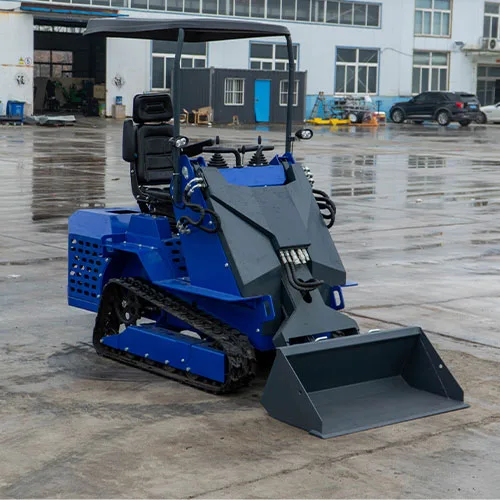
Market Size and Growth Projections
The global skid steer loader market was valued at 2.47𝑏𝑖𝑙𝑙𝑖𝑜𝑛𝑖𝑛2024∗∗,𝑤𝑖𝑡ℎ𝑎𝑝𝑟𝑜𝑗𝑒𝑐𝑡𝑒𝑑𝐶𝐴𝐺𝑅𝑜𝑓∗∗2.42.47billionin2024∗∗,withaprojectedCAGRof∗∗2.42.99 billion. North America currently dominates, but Asia-Pacific, led by China, is expected to grow at a faster pace, with a CAGR of nearly 4%.
China’s domestic market is also expanding, driven by urbanization and infrastructure projects. By 2031, China is projected to spend $13 trillion on construction, creating a robust demand for skid steer loaders. This dual growth—domestic and international—positions China skid steer loader exporters for long-term success.
Competitive Positioning
Chinese manufacturers are increasingly competing with global giants like Bobcat, Caterpillar, and Deere & Company. Key strategies include:
- Cost Leadership: Offering machines at 20-30% lower prices than Western counterparts.
- Customization: Adapting models for regional preferences, such as higher-capacity loaders for mining in Africa.
- Technology Adoption: Incorporating electric powertrains and smart features, as seen in XCMG’s LW1200KN model.
However, challenges remain, particularly in overcoming perceptions of inferior durability and after-sales support.
Key Players and Innovations: How China Skid Steer Loader Exporters Are Evolving
Leading Chinese Manufacturers
| Company | Notable Models | Key Markets | Innovations |
|---|---|---|---|
| XCMG | LW1200KN | South America, Asia | Electric variants, high-capacity |
| SANY | SYL956H5 | Middle East, Africa | Fuel-efficient engines |
| Liugong | CDM833 | Latin America | Compact designs for urban use |
| Shantui | SL30W | Southeast Asia | Hybrid technology |
Table: Major China skid steer loader exporters and their competitive advantages.
Technological Advancements
- Electrification: Companies like Bobcat (S7X) and XCMG are pioneering electric skid steer loaders, reducing emissions and operational costs.
- Smart Features: GPS-enabled loaders and remote-controlled operations are becoming standard, enhancing precision and safety.
- Attachments: Chinese manufacturers offer a wide range of attachments (e.g., augers, trenchers), increasing machine versatility.
These innovations are narrowing the gap between Chinese and Western manufacturers, making China skid steer loader exporters more competitive globally.
Regional Impact: Where Are China Skid Steer Loader Exporters Making Waves?
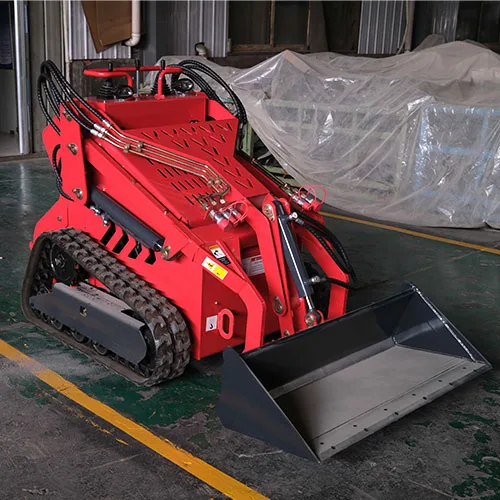
Asia-Pacific: The Home Advantage
Chinese manufacturers have established undisputed dominance in the Asia-Pacific skid steer loader market through a powerful combination of competitive pricing and strategic localization. Their 25-35% price advantage over Western competitors stems from vertically integrated supply chains concentrated in industrial hubs like Shandong and Jiangsu provinces. This manufacturing ecosystem allows for complete control over production costs from raw materials to final assembly.
The Regional Comprehensive Economic Partnership (RCEP) has further strengthened China’s position by providing preferential tariff rates across Southeast Asia. Major players like SANY and XCMG have complemented this with local assembly operations in Thailand and Malaysia, reducing logistics costs by an estimated 18-22%. The region’s 4% annual market growth – nearly double the global average – is fueled by massive infrastructure projects:
• India’s Delhi-Mumbai Industrial Corridor (utilizing 500+ Chinese loaders) • Vietnam’s urban development boom in Hanoi/HCMC • Indonesia’s National Medium-Term Development Plan projects
North America and Europe: Breaking Into Established Markets
Penetrating these mature markets presents both opportunity and challenge. While Bobcat and Caterpillar maintain strong brand loyalty, Chinese exporters are gaining traction through:
- Flexible Business Models:
- Equipment leasing programs (30% lower upfront costs)
- Rent-to-own options popular with small contractors
- Package deals including attachments and warranties
- Technology Adaptation:
- Stage V compliant diesel models for Europe
- Fully electric options (XCMG’s XE17E with 8-hour runtime)
- Smart control systems with IoT capabilities
- Strategic Pricing:
- 15-20% below comparable Western models
- Extended 3-5 year warranty options
- Bundled maintenance packages
However, challenges persist: • 25% U.S. Section 301 tariffs • EU’s carbon border adjustment mechanism • Limited dealer networks (only 40% coverage vs Western brands)
Africa and Latin America: Untapped Potential
These emerging markets represent the fastest-growing opportunities:
Latin America Highlights:
- Argentina’s infrastructure push (200+ loader imports in 2023)
- Brazil’s local assembly partnerships (3 new plants established)
- Uruguay’s road projects (LG936L models proving durable)
African Expansion:
- South Africa as regional hub (15% annual sales growth)
- Nigeria’s construction boom (50+ units delivered in Q1 2024)
- East Africa’s infrastructure deficit creating demand
Key success factors: • Climate-adapted models (dust-proofing, high-altitude packages) • Innovative financing (barter deals, local currency options) • BRI-linked infrastructure projects
Challenges and Risks: The Other Side of the Coin

Quality and Reliability Concerns
While Chinese manufacturers have made significant strides in product quality, lingering concerns persist in key markets. The 2022 International Construction Equipment Survey revealed that:
- 23% of importers reported premature component failures
- 17% experienced hydraulic system issues within first 1,000 operating hours
- 12% cited structural weld failures in high-stress applications
However, progressive manufacturers are implementing solutions:
✓ Tier 1 supplier partnerships (e.g., Bosch hydraulics, ZF transmissions)
✓ 200-hour pre-shipment testing protocols
✓ ISO 9001:2015 certified production facilities
✓ Extended 5,000-hour component warranties
Trade Barriers and Tariffs
The U.S. has imposed 20% tariffs on Chinese construction equipment, dampening export growth. Similar measures in Europe and Australia could further constrain market access.
Logistics and After-Sales Support
- Complex Shipping: High freight costs and customs delays are recurring pain points.
- Limited Service Networks: Unlike Caterpillar or Volvo, Chinese brands often lack localized repair centers.
These hurdles highlight that while China skid steer loader exporters are rising, they are not yet invincible.
Future Outlook: What’s Next for China Skid Steer Loader Exporters?
Opportunities
- Green Technology: Demand for electric and hybrid loaders will rise, aligning with global sustainability goals.
- Emerging Markets: Africa and Southeast Asia offer growth potential due to underdeveloped infrastructure.
- Digital Integration: AI and IoT-enabled loaders could become a USP for Chinese brands.
Threats
- Trade Wars: Escalating tariffs could erode price advantages.
- Local Competition: Indian and Turkish manufacturers are emerging as low-cost alternatives.
By 2030, China skid steer loader exporters are likely to solidify their position as top-three global suppliers, but only if they address quality and service gaps.
Conclusion
China skid steer loader exporters are undoubtedly transforming the industry, offering affordable, innovative solutions that challenge Western dominance. Their growth is backed by rising global demand, technological strides, and strategic market penetration. However, the hype must be tempered with realism. Persistent quality concerns, trade barriers, and logistical inefficiencies mean Chinese exporters still have work to do. For buyers, the choice boils down to prioritizing cost savings over long-term reliability—at least for now.
In summary, China skid steer loader exporters are a game-changer in the making, but the game is far from over.
FAQ
Are Chinese skid steer loaders as durable as American or European models?
While durability has improved, Western brands still lead in longevity. Chinese models are catching up but may require more frequent maintenance.
What are the main advantages of buying from China skid steer loader exporters?
Lower costs (20-30% savings), customizable options, and increasing adoption of advanced tech like electric powertrains.
How do tariffs affect the pricing of Chinese loaders?
U.S. tariffs add 20% to costs, making Chinese machines less competitive in some markets.
Which regions import the most skid steer loaders from China?
Latin America (e.g., Argentina, Uruguay) and Africa are key markets, alongside Southeast Asia.
Do Chinese manufacturers provide after-sales support?
Service networks are expanding but remain weaker than those of established brands. Buyers should confirm local support before purchasing.

